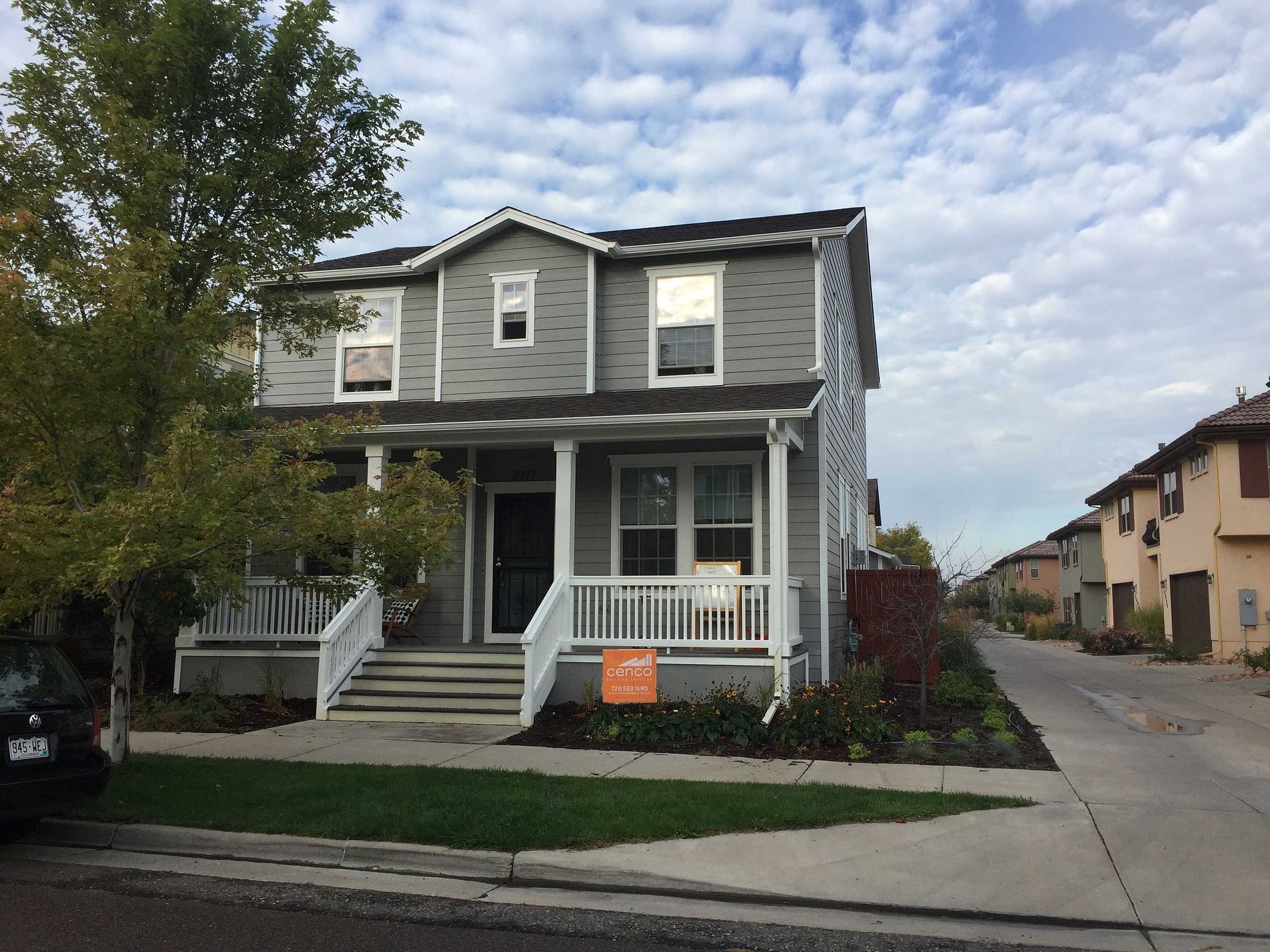We are commonly asked during inspections: Do I need additional ventilation in my roof? An adequate ventilation system controls two important factors: heat and moisture. Sufficient ventilation will help ensure your roofing product protects your home throughout its intended lifetime. Poor ventilation can lead to cracked and baked shingles, elevated mildew and mold counts in the attic, and attic temperatures soaring to 150 degrees F. If you’re in need of roof ventilation, a roofing contractor can help. There are two types of ventilation available: static and dynamic.
Dynamic vs. Static Roof Ventilation
Dynamic, or power ventilation can be achieved in a number of ways. First, In homes that are not air conditioned, whole house fans can be used to control the temperature. Fans are mounted to the ceiling in a home’s central hallway, so outdoor air can be pulled from the home doors, windows and intakes and exhausted up through the attic. A sufficient number of intakes and exhausts need to be installed for this method to work. Power ventilation can be very effective, but it can also add to the overall energy costs of a home. Second, In air conditioned homes, powered or solar powered vents can be installed. These unit have thermometer gauged fans that draw more air through the existing intakes and out the attic exhaust when a certain temperature is reached. The effect is to reduce the amount of time air spends in the attic and thereby reduce the amount of heat and moisture build up. Powered vents are tied to the property power grid and also use electricity. More current solar models operate quietly and on their own power, reducing any potential operating costs. Static ventilation uses non-powered ventilation products to cool the home. These products work with the natural flow of air and temperature. Here’s how static ventilation works:
-
As air heats up, it rises and becomes less dense.
-
The wind movement around and over a home creates areas of low and high pressure.
-
With a combination of low intake inlets and high air exhaust outlets, cool air enters the intakes, heats as it rises and exhausts out the vents at the highest roof point.
As air heats up, it rises and becomes less dense. The wind movement around and over a home creates areas of low and high pressure. With a combination of low intake inlets and high air exhaust outlets, cool air enters the intakes, heats as it rises and exhausts out the vents at the highest roof point. The most common method of static ventilation is a combination of soffit vents and either box vents or continuous ridge vents. This method achieves the goal of air movement through the attic underneath your roofline. If your attic is sweltering or your roof shingles are starting to crack or blister, there’s a good chance you could benefit from additional ventilation in your roof. Cenco Building Services can help you determine the best option – static or dynamic – for your home based on your energy usage, your problem areas and the construction of your home. For more information call us at (720) 583-1690.



